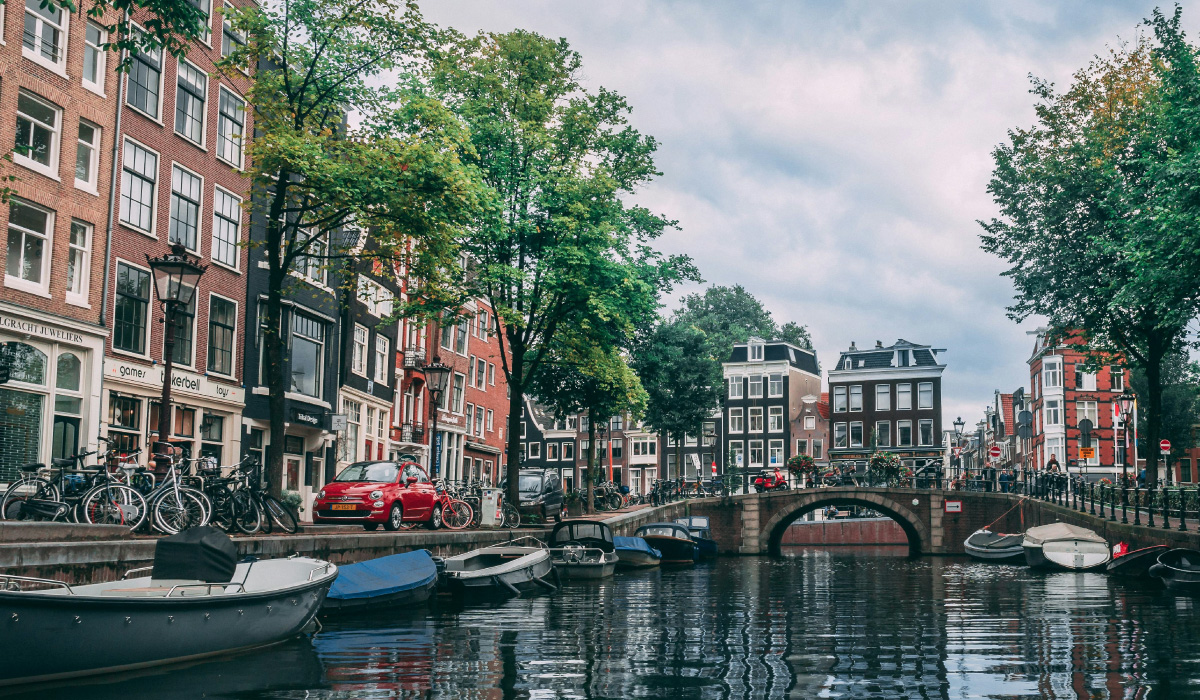With a population of 800,000 inhabitants and over 400,000 bicycles, boasting about 15,000 kilometers of bike lanes, stands out as the most sustainable city in the world, according to the 2024 Sustainable Cities Index by Arcadis. Amsterdam also ranks sixth in the Global Power City Index 2023 and eighth in the IESE Cities in Motion index, two rankings that evaluate the most advanced cities in sustainability and quality of life.
In 2017, it was already a pioneer by creating Europe’s first commercial vertical farm. The company Staay Food Group, located in Dronten, opened its doors by growing lettuce in an area of 3000 square meters distributed over three levels, using the hydroponic model that immerses the roots in water. This allowed them to produce fresh and sustainable food, reduce the carbon footprint associated with the transport of products, and in just seven years, expand their production to include varieties such as Salatrio, red and green Salanova, and Butter lettuce.
Amsterdam Smart City
Known as the “Venice of the North”, it is currently driving innovation and sustainability projects to become a fully circular and smart city by 2050. Through the Amsterdam Smart City initiative, the aim is to promote sustainable economic growth and foster the development of new technologies.
How will they achieve this? Here are their strategies:
- More than 500 homes equipped with smart meters and information devices to increase energy awareness.
- Creation of smart work centers to reduce long commutes and improve quality of life.
- Promotion of clean mobility by optimizing renewable energy and using electric vehicles.
- Recycling in the construction sector, aiming to reduce the use of new raw materials by 50% by 2030 and achieving complete circularity by 2050.
The Buiksloterham case
This post-industrial neighborhood in the north of Amsterdam will be the city’s first circular district. Historically intended as an industrial area, though central and easily accessible, it will be completely transformed into a residential and work neighborhood. The challenge is clear: constructing buildings with reused wood to reduce CO2 emissions, recycling floating houses to adapt them on land, using 100% renewable electricity, heating and hot water, managing 100% of wastewater, and increasing local food production from 10% to 30%.
Is it viable? If all these technological advances work, it is highly likely that Amsterdam will become a fully circular and sustainable city by 2050. This would mean that all resources would be used intelligently, protecting the environment, and ensuring a high quality of life for its inhabitants. Do you think they will achieve this? Leave us your opinion in the comments or on our Instagram profile!



